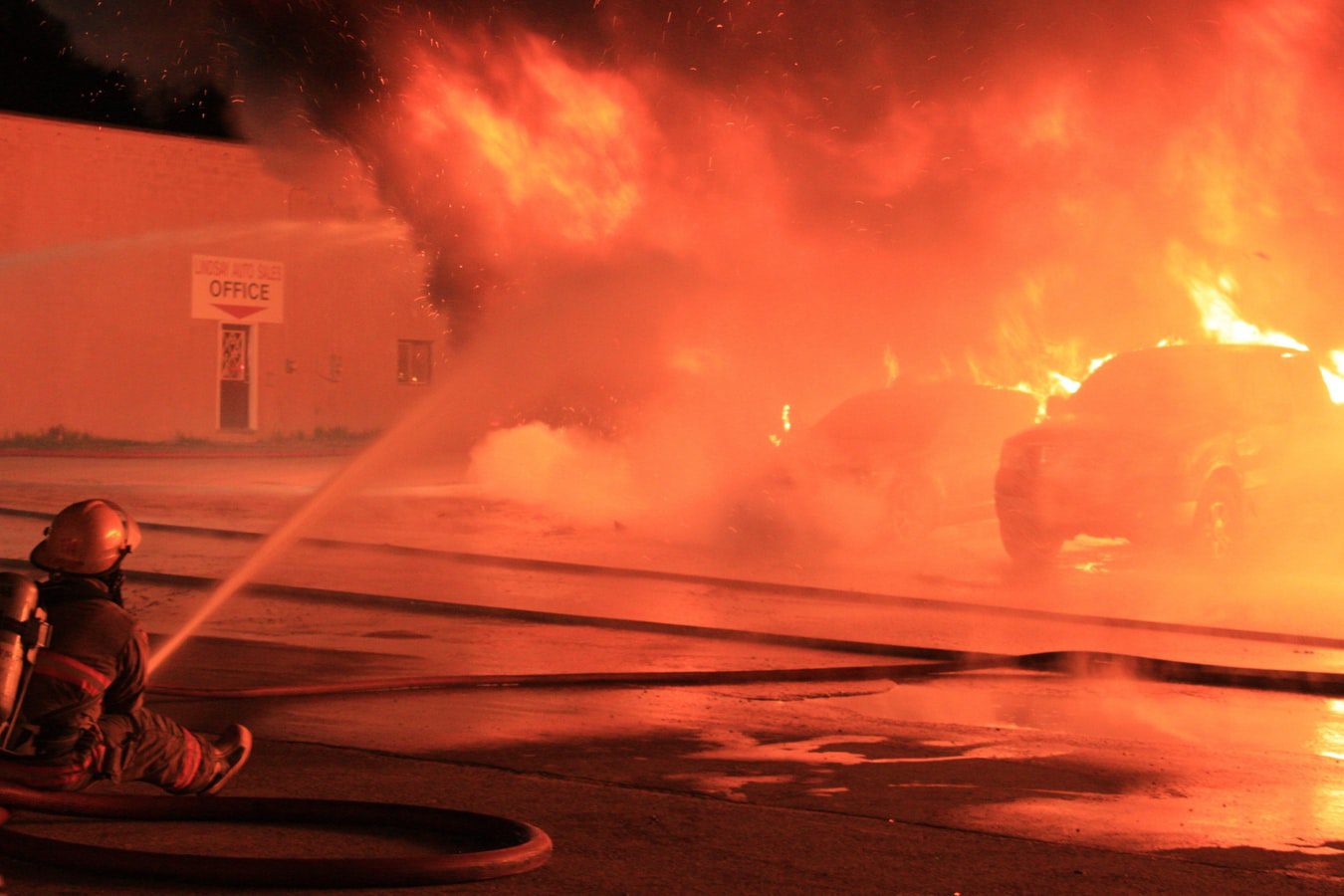
 Most people do not spend their days fretting over the possibility of a fire in their workplace. However, the United State Fire Administration (USFA) estimates that firefighters responded to over 1.3 million fires in 2017. While residences certainly see their share of incidences, dispatchers receive an average of 13 calls every hour regarding fires at commercial properties. While the number of fires has been trending downward each year, the number of deaths and the cost of the property damage have been steadily trending upwards since 2008. In 2017, 3,400 people lost their lives in fires, and over 23 billion dollars in property were lost to fire damage.
Most people do not spend their days fretting over the possibility of a fire in their workplace. However, the United State Fire Administration (USFA) estimates that firefighters responded to over 1.3 million fires in 2017. While residences certainly see their share of incidences, dispatchers receive an average of 13 calls every hour regarding fires at commercial properties. While the number of fires has been trending downward each year, the number of deaths and the cost of the property damage have been steadily trending upwards since 2008. In 2017, 3,400 people lost their lives in fires, and over 23 billion dollars in property were lost to fire damage.
Having a monitored fire suppression system is required by law, but there are several additional ways to reduce the risk of fires in the workplace:
- Check your electrical outlets. A leading cause of fires in the workplace is electrical issues, often initiated by improper use of electrical outlets. Take care to know the limits of your power strips and be sure to distribute your electrical load properly. Don’t plug extension cords or other power strips into other cords or strips. This practice (called “daisy chaining”) is both a fire hazard and an OSHA violation.
- Declutter your workspace. Keeping your desk and surrounding area clean can reduce the risk of fire by eliminating the material fire uses as fuel—paper, trash, and dust. Additionally, keeping the area free of hazards clears emergency exit paths for you and your employees.
- Ensure your fire extinguishers are up-to-date. A working extinguisher could be the difference between a small fire on the breakroom stovetop and a five-alarm conflagration. Fire extinguishers must be inspected at least once a year in most areas. In addition to making sure your extinguishers will work in the event of a small fire, it’s also important to make sure you have the correct type of extinguisher handy depending on the combustible material.
- Conduct staff training/have a fire plan. Do you and your staff run routine fire drills? Do you know where to meet up in the event of a fire? Have they taken fire safety courses? Preparing employees with a fire prevention training and an action plan in the case of a fire emergency is a critical component of fire safety.
- Have sprinkler systems checked and maintained. Overhead sprinklers are a critical element of a fire suppression system, but they’re only helpful if they’re actually functioning. Be sure to perform routine maintenance checks of your entire fire suppression system.
- Check and maintain your carbon monoxide and smokes detectors. Your business fire alarm system needs some love, too. Wireless smoke detector batteries can last years, but it’s encouraged to change them out once a year to avoid any lapses in coverage. Additionally, it is required by law to change the devices out at the end of their life span (typically, every 10 years).
Maintaining your fire system
Of course, ensuring the devices on your fire system are working properly is a crucial facet of any fire safety plan. EPS Security not only installs high-performance commercial fire systems—it also performs routine maintenance and testing of those devices, a service that is required by law. These check-ups involve testing the devices for proper functionality, identifying service issues, and providing a report for customers to provide to the fire marshal as proof of a yearly fire test. If you’re interested in upgrading your fire system or in setting up routine maintenance of your system, scroll down to request a quote from one of our consultants.
